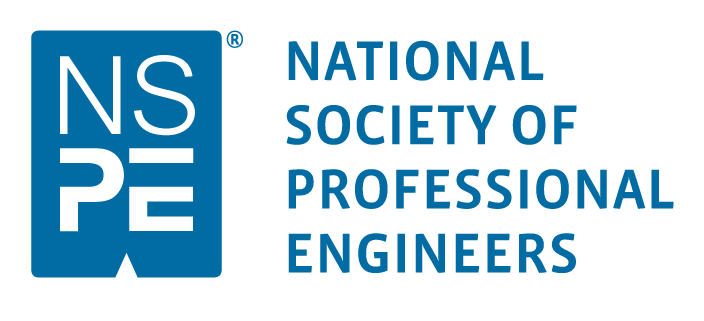An Engineer’s View of Manufacturing in NJ’s “Pharm Country”
New Jersey is known as America’s “Pharm Country” because of the high number of pharmaceutical companies and manufacturers based in the state. Over 300 brands operate a factory or warehouse in the state. The New Jersey state government takes pride that 14 of the 20 biggest pharmaceutical companies in the world are located in NJ, opening possibilities to almost 25,000 life science graduates each year.
But, this industry doesn’t open opportunity for scientists alone. Professional engineers are also active participants and essential pillars of the success of their biopharmaceutical and medical device industry.
Pharmaceutical manufacturing is inherently more complex in its engineering and design demands than other markets. Various government and non-government organizations have set specific regulations and guidelines in constructing biopharmaceutical facilities to ensure the safety of the workers and efficacy of the products.
According to the Food and Drug Agency, there are six main components of a quality and excellent biopharmaceutical company namely: Quality, Production, Laboratory, Materials, Facilities & Equipment, and Packaging & Labeling. With these, they have issued supplementary guidelines when it comes to the design and construction features of these facilities. The organization reiterated the importance of:
- suitable size, construction, and location to facilitate cleaning, maintenance for the proper operations of the company
- adequate space for orderly placement of equipment and materials to prevent mix-ups and contamination
- Design the adequate flow of materials & persons, also to prevent contamination
The FDA also specified special configurations when it comes to the design and construction of biopharmaceutical facilities such as:
- easily cleanable floors, wall, and ceilings of smooth, hard surfaces
- temperature and humidity controls
- air supplies filtered through high-efficiency particulate air filters (HEPA)
- air showers
- a system for monitoring environmental conditions
The FDA ensures that these facilities are clean, and isolated environments that can strictly control airborne particles, temperature, humidity, air pressure, air flow and air motion and lighting. All these specifications make sure that the workers inside are safe from the production. Also, this is to guarantee the safety and efficacy of the medicines and devices manufactured in the facility.
The FDA also published the Compliance Program Guidance Manual (CPGM), which details instructions to FDA personnel for conducting activities to evaluate industry compliance with the Federal Food, Drug, and Cosmetic Act and other laws administered by FDA. This document also further discusses the requirements for pharmaceutical companies’ facility design covering every aspect, from lighting, ventilation, plumbing, sewage, sanitation and maintenance.
The World Health Organization has also set rules to be followed for pharmaceutical companies to operate legally and properly. Their guide focused on:
- mechanized warehouses (where goods are stored in bulk on pallets)
- manual warehouses (where smaller quantity-goods are stored)
- storerooms (where other supplies are stored)
All these tasks and measures are and can be performed by professional engineers who have knowledge, experience, and authority to design, plan out, inspect, and repair structures, specifically high-maintenance facilities as such.
The construction of these complex structures calls for analysis of both material flow and design feature, which can be overseen and managed by professional engineers. They design buildings that support the intricate infrastructure needed to provide crucial protection from contaminants, develop gradients of cleanliness for easier maintenance and compliance, and balance the larger and more complex HVAC, dust collection, and vacuum systems required for manufacturing lines.
Pharmaceutical and chemical engineers are trained to conceptualize, design, construct and manage the smooth operation these research facilities and manufacturing plants. They also take part in the conception, design, scale-up, manufacturing, and labeling and packaging processes in the conversion of chemical and biological materials into valuable pharmaceuticals and pharmaceutical therapies.
Professional engineers are authorized to implement FDA regulations, validation assurance (VA), quality control, and maintain current Good Manufacturing Practices (cGMP) compliant facilities. environmental safety.
Whether it’s mitigating safety risks while balancing cost efficiency and compliance, or bringing personnel and management to a greater understanding of systems, processes and regulations through training and documentation, professional engineers are the backbones of New Jersey’s massive biopharmaceutical and medical industry.
SOURCES:
- http://www.nj.gov/njbusiness/industry/pharmaceutical/
- http://www.fda.gov/downloads/drugs/developmentapprovalprocess/smallbusinessassistance/ucm456370.pdf
- http://www.fda.gov/ICECI/ComplianceManuals/ComplianceProgramManual/default.htm
- http://apps.who.int/medicinedocs/documents/s19619en/s19619en.pdf
- https://web.njit.edu/~armenant/PhEn602-102/PhEn602-Spring09-Notes1.pdf
- http://www.ispe.org/new-jersey-chapter
- http://www.lsu.edu/studentorgs/ispe/Welcome_files/PHARMACEUTICAL%20ENGINEERING.pdf







